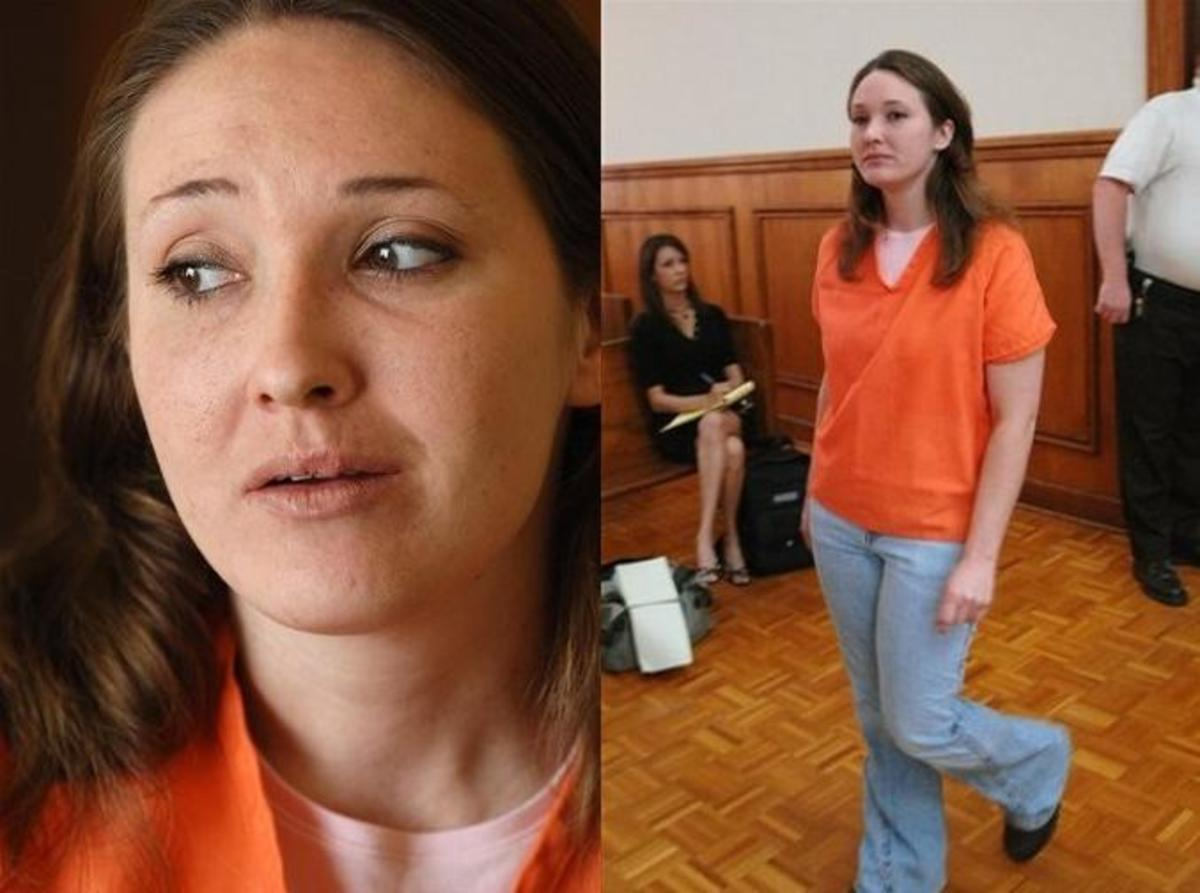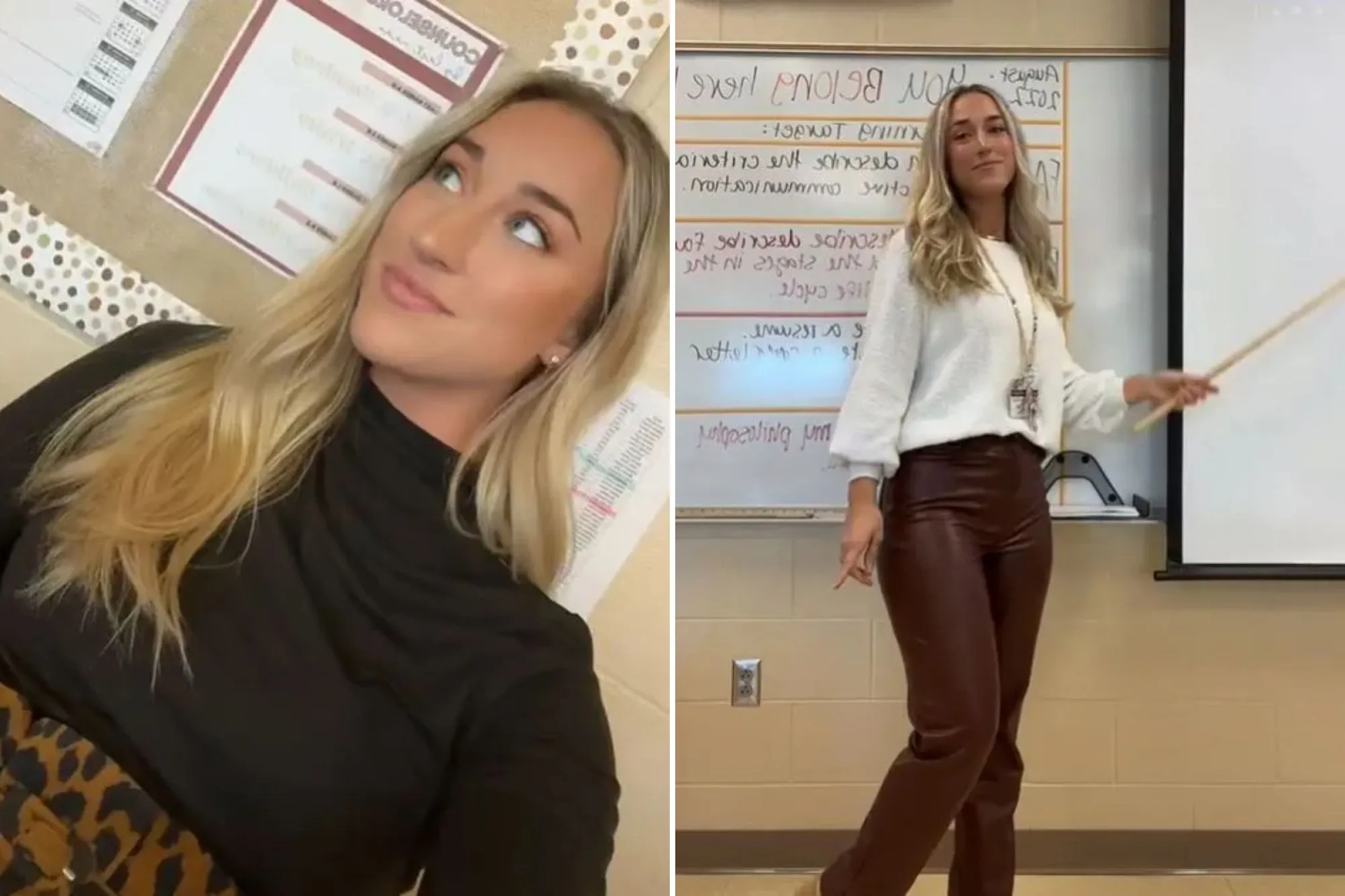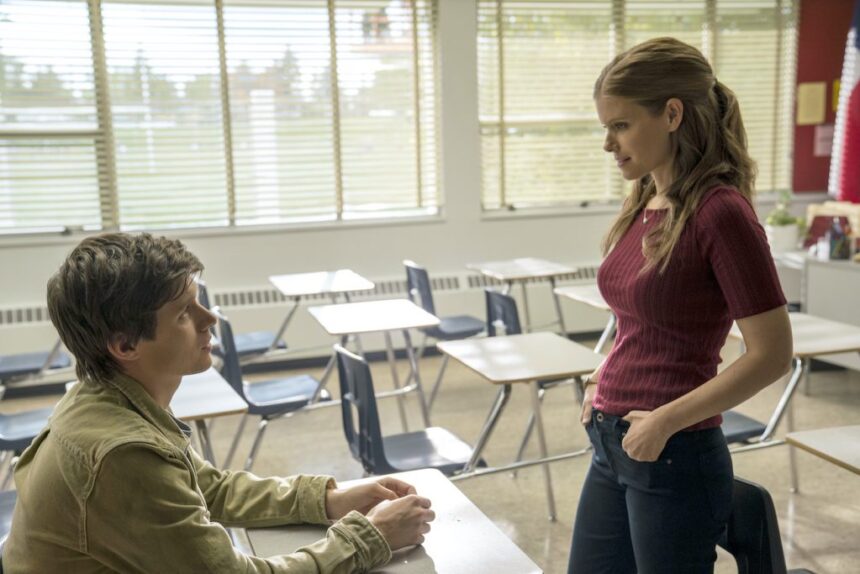In the realm of education, teachers are often seen as role models, guiding students not only in academics but also in personal development and ethical behavior. However, the case of Laura Whitehurst, a former high school teacher from California, serves as a stark reminder of the complexities and challenges within the teacher-student dynamic. This article delves into the details of Whitehurst’s case, the implications for the education system, and the broader societal issues it raises.
Background

Laura Whitehurst was a well-regarded English teacher at Citrus Valley High School in Redlands, California. She was known for her engaging teaching style and her ability to connect with students. However, her career took a dramatic turn when she became embroiled in a scandal that would not only alter her life but also impact the lives of her students and the community at large.
In 2013, Whitehurst was arrested and charged with engaging in sexual relations with a 17-year-old student. The allegations shocked the community, as she was seen as a dedicated educator who had a positive influence on her students. The case quickly garnered media attention, raising questions about the responsibilities of teachers and the boundaries that should exist between educators and students.
The Allegations

The allegations against Whitehurst came to light when the student confided in a friend about the relationship. This friend subsequently reported the situation to school authorities, prompting an investigation. The investigation revealed that Whitehurst had engaged in sexual acts with the student on multiple occasions, both on and off school grounds.
The legal proceedings that followed were intense and highly publicized. Whitehurst faced several charges, including unlawful sexual intercourse and contributing to the delinquency of a minor. The case highlighted the serious nature of teacher-student relationships and the potential for abuse of power.
The Legal Outcome

In 2014, Laura Whitehurst pleaded guilty to the charges against her. As part of a plea deal, she was sentenced to three years in prison and required to register as a sex offender. The sentencing was met with mixed reactions from the community. Some felt that the punishment was too lenient, given the breach of trust involved, while others argued that the circumstances surrounding the case were complex and warranted a more nuanced understanding.
The case raised important questions about the legal definitions of consent and the responsibilities of educators. Critics argued that the law should be more stringent in cases involving teachers and students, emphasizing the inherent power imbalance in such relationships.
The Impact on Students and the Community
The fallout from Whitehurst’s actions extended beyond her personal consequences. The students at Citrus Valley High School were left to grapple with the betrayal of a teacher they had admired. Many students expressed feelingsof confusion, anger, and betrayal as they processed the news of the scandal. The incident not only affected the immediate students involved but also had a ripple effect throughout the school community. Teachers, parents, and students alike were forced to confront the uncomfortable reality of inappropriate relationships between educators and students.
Broader Implications for the Education System

The case of Laura Whitehurst sparked discussions about the need for clearer guidelines and training for teachers regarding appropriate boundaries with students. Many educators and administrators recognized the importance of establishing a culture of transparency and accountability within schools. This incident served as a catalyst for schools to reevaluate their policies on teacher-student interactions and to implement more robust training programs aimed at preventing similar situations in the future.
Additionally, the case highlighted the necessity for open communication channels where students could report inappropriate behavior without fear of retaliation. Schools began to consider the importance of educating students about consent and the dynamics of power in relationships, emphasizing that they have the right to feel safe and respected in their educational environment.
Conclusion
The Laura Whitehurst case remains a poignant example of the complexities surrounding teacher-student relationships. It underscores the critical need for educators to maintain professional boundaries and for schools to foster an environment where students can learn and thrive without the threat of exploitation. As the education system continues to evolve, the lessons learned from this case will hopefully lead to stronger protections for students and a renewed commitment to ethical standards in teaching. The impact of Whitehurst’s actions will be felt for years to come, serving as a reminder of the responsibilities that come with the role of an educator.












